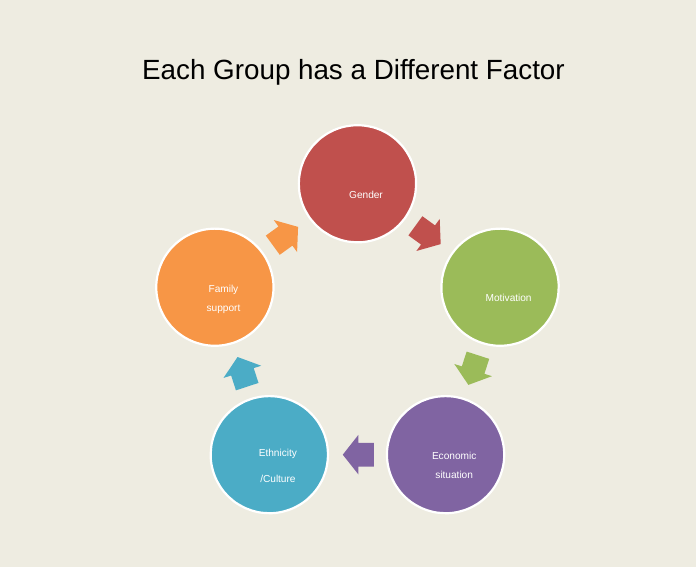Inclusive Practice 25/02/2014
This lesson covers the impact of personal, social and cultural factors on learning. We started the session with a practical. The peer group was divided in to groups of 3. The objective was to arrange in order of importance the provided factor squares. At this point it was simply our groups ideas as perceived by our current understanding and discussion. Our result was like this:
A subsequent discussion lead to an analysis of the top choice on the pyramid of each peer group.
An inclusive learning environment is one in which, as you would expect, every learner is included. If you cast your mind back a few generations, teachers used one approach to teach the whole class. There was no consideration of individual needs, and many learners fell by the wayside, having failed to match the way that they learn and their individuality to that of the teacher. Inclusivity requires that you, as a teacher, recognise that every learner is different and should be considered as an individual, with specific needs, likes, dislikes, background, motivators and behaviours.
Expectations:
These can be of self or from others. They can be gender related or even prejudice.
Few teachers intend to give unequal opportunities, yet most do. For example,
research has consistently shown that female students get less classroom attention than males, have less access to computers or other specialist equipment, and are marked down if they are very able; and that the offending teachers are unaware of such unequal treatment. Research has also continued to show that: Afro-Caribbeans, Asians, other ethnic minority students, and learners with disabilities or learning difficulties also get an unfair deal in the classroom from most teachers. So do students who are shy, working-class, less able or disruptive. Why is this? Few teachers are deliberately prejudiced; most of the discrimination is unintentional. For example, most of us behave most positively towards students who are able, pleasant or hard-working. This is understandable, but not professional.
Research shows that many teachers have different expectations of males and
females; that males generally receive more teacher attention; and that males
dominate in the use of equipment in science, design, technology and computer
studies. Also, males and females leave school or college with different skills and
different expectations of their future lives; many females still set their sights lower than males. It is well known, too, that females are under-represented (especially post-16) in maths, physical sciences and technology.
Self Fulfilling Prophecy:
A study by Rosenthal and Jacobson claimed, then, that a teacher’s expectations affected the student’s performance in the direction of that expectation. In other words, if a teacher thinks a student is ‘good’, they get better – and conversely, if the teacher thinks the student is ‘bad’, they get worse. Other researchers have shown the self- fulfilling prophecy at work in almost every conceivable teaching situation, from nursery teaching to the teaching of adult professionals.
Can a low expectation be fulfilled? Indeed it can. Research shows that slow learners are given less time and less help when answering questions; they get less praise and more criticism, less teacher time overall and a less friendly approach – for example, they are smiled at less often. Less work is demanded of them, and their test papers are marked more severely.
Rather like Mental Health, there can be considerable variation in levels here. Inclusive Practice requires meeting the needs of ALL learners. See also earlier Learning Differences
We revisited the Experiential Learning Cycle
Completed a Learning Style Questionnaire - with the intention of learning more about this topic:
See images:
Group Practical: How these Factors Influence Learning
Group results Slideshow:
Direct links to individual images:
Petty, G. (2009)Teaching Today. 4th Edition. Cheltenham. Nelson Thornes.










